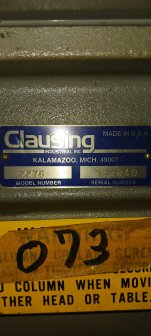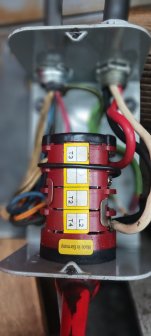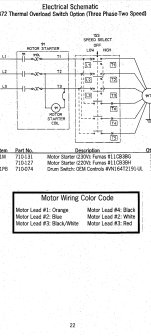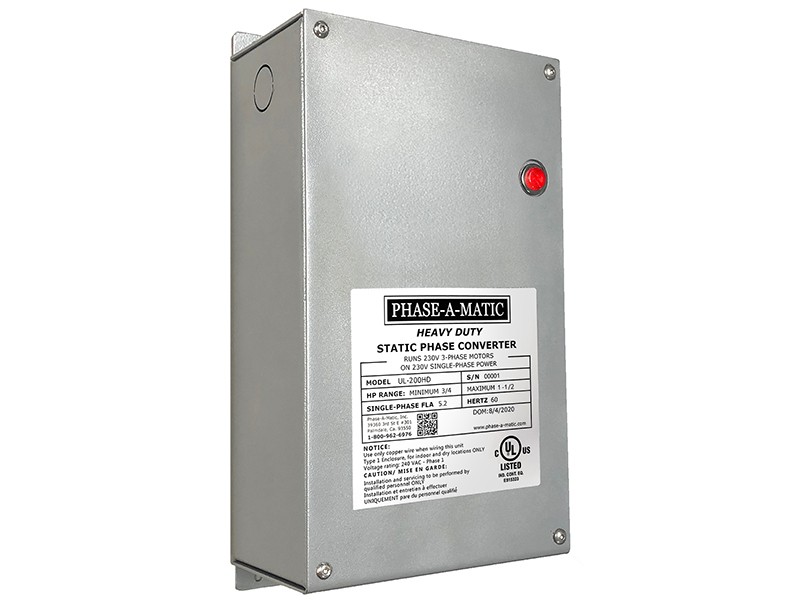Hi everyone, new here and desperate for help please. I have a Clausing drill press model 2276, older model, with a Baldor 208V-230V 3 phase 2 speed 3/4 & 1 1/2 hp that I acquired from work. Problem is that I only have single phase at home shop, my question is would there be any way at all to use a vfd on this machine? I really want to keep the two speed switch and I know I cannot switch it while the vfd is powered on but could I not use the existing power cord to hook it up directly to the vfd and just make 100% sure the switch is not touched while it is powered on? I know the insulation is not rated for vfd drives and you're not supposed to have a switch Downstream from the vfd but it seems some people are getting away with using them on non-rated Motors. I'm not an electrician and I'm not a machinist by any means, I'm a welder that enjoys side projects at home. I used this machine once in awhile at work years ago but they plant manager was going to scrap it because it has been sitting in a corner for the last 8 years and I did not want to see it going to the scrap bin. Any help is greatly appreciated. 
















